Big diaper companies are rattled. This is known as translocation: Particularly small particles might pass through the gut wall and end up in other organs, including the brain. Infants are especially vulnerable to EDCs, since the development of their bodies depends on a healthy endocrine system. Vacuum and sweep to keep floors clear of microfibers. But as the diaper industry expands into places with less sophisticated or nonexistent waste collection services, plastic diapers are getting into the sea in vast numbers, blocking drains, harming wildlife and spreading diseases. Despite strict traditional rules governing the disposal of bodily fluids in many societies, the lure of disposables is too much for many families. Submit a tip. The numbers are staggering. Matt Simon is a senior staff writer covering biology, robotics, and the environment. About products and suppliers: Understanding Plastic Backed Baby Diapers Plastic backed baby diapers represent a specific category of infant hygiene products designed to offer leak-proof protection.

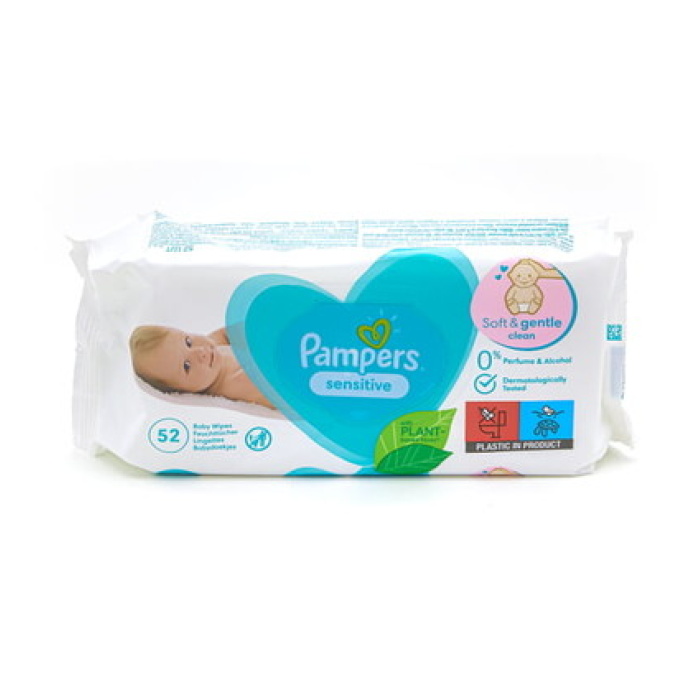
In general, indoor air is absolutely lousy with them; each year you could be inhaling tens of thousands of particles. Houston-based rBIO has invented a new process to churn out insulin at higher yields using custom-made bacteria. Related Searches: cute sleepy baby diapers sunnie baby diapers china sleepy baby diapers factory rejected baby diapers printed libero baby diapers onlem baby diapers soncap baby diapers baby diapers wholesalers in iraq tesco baby diapers new sleepy baby diapers disposable plastic backed baby diapers low moq baby diapers super breathable baby diapers aldi baby diapers super twins baby diapers. Based on 3 reviews. Infants are especially vulnerable to EDCs, since the development of their bodies depends on a healthy endocrine system. Designed with THE most delicate skin in mind. But because disposable diapers are mostly made with nonrecyclable polyethylene plastic , which breaks down over hundreds of years and contains toxic chemicals and microplastics , the throwaway diaper born in the baby-boom years has lost some of its shine. Humans throw out hundreds of billions of dirty diapers each year. Politics Joe Biden Congress Extremism.
About products and suppliers:
Many communities believe that burning or burying diapers will cause sickness and skin rashes in children. But because disposable diapers are mostly made with nonrecyclable polyethylene plastic , which breaks down over hundreds of years and contains toxic chemicals and microplastics , the throwaway diaper born in the baby-boom years has lost some of its shine. This story is part of a series on plastic waste funded by SC Johnson. Advantages of Plastic Backed Designs The primary advantage of plastic backed baby diapers is their high leak resistance. Star rating. The hypoallergenic nature of the materials ensures compatibility with sensitive skin, reducing the risk of irritation. The researchers did their tally by collecting dirty diapers from six 1-year-olds and running the feces through a filter to collect the microplastics. Baby pull ups diapers wholesale plastic backed baby diapers diapers morocco. They are a lot dryer than the normal ones and irritate babies bum. Municipalities cannot keep up.
Wholesale Plastic Backed Baby Diapers to Take Better Care of A Baby - wielorazowe-pieluchy.pl
- Lauren Goode.
- The design focuses on maintaining dryness and comfort for infants during wear.
- Save this story Save.
- Get to know us About Alibaba.
Whenever a plastic bag or bottle degrades, it breaks into ever smaller pieces that work their way into nooks in the environment. When you wash synthetic fabrics, tiny plastic fibers break loose and flow out to sea. When you drive, plastic bits fly off your tires and brakes. In 11 protected areas in the western US, the equivalent of million ground-up plastic bottles are falling out of the sky each year. And now, microplastics are coming out of babies. They even found it in newborns' first feces. The finding comes a year after another team of researchers calculated that preparing hot formula in plastic bottles severely erodes the material, which could dose babies with several million microplastic particles a day , and perhaps nearly a billion a year. Although adults are bigger, scientists think that in some ways infants have more exposure. In addition to drinking from bottles, babies could be ingesting microplastics in a dizzying number of ways. Children drink from plastic sippy cups and eat off plastic plates. The carpets they crawl on are often made of polyester. Even hardwood floors are coated in polymers that shed microplastics. Any of this could generate tiny particles that children breathe or swallow. Indoor dust is also emerging as a major route of microplastic exposure, especially for infants. In general, indoor air is absolutely lousy with them; each year you could be inhaling tens of thousands of particles. Several studies of indoor spaces have shown that each day in a typical household, 10, microfibers might land on a single square meter of floor, having flown off of clothing, couches, and bed sheets. Infants spend a significant amount of their time crawling through the stuff, agitating the settled fibers and kicking them up into the air. The researchers did their tally by collecting dirty diapers from six 1-year-olds and running the feces through a filter to collect the microplastics. In addition to analyzing the samples for PET, they also looked for polycarbonate plastic, which is used as a lightweight alternative to glass, for instance in eyeglass lenses. All told, PET concentrations were 10 times higher in infants than in adults, while polycarbonate levels were more even between the two groups.
The idea for throwaway diapers can be traced back to an anonymous nun working in the nursery of an Ohio hospital. Back in the mids, industrial historians say, she proposed that U, plastic baby in pampers. She envisioned a time-saving, affordable, hygienic product to take the load off busy mothers. Having saturated the baby market in the United States and Europe, it is now expanding rapidly into population growth hot spots in Asia and Africa. But because disposable diapers are mostly made with nonrecyclable polyethylene plasticwhich breaks down over hundreds of years and contains toxic chemicals and plastic baby in pampersthe throwaway diaper born in the baby-boom years has lost some of its shine. The numbers are staggering. Until human babies are fully potty-trained, they poop in diapers four or more times a day. In the U. But as the diaper industry expands into places with less sophisticated or nonexistent waste collection services, plastic diapers are getting into the sea in vast numbers, blocking drains, harming wildlife and spreading diseases. Once a sign of progress, the disposable diaper is increasingly being recast as a problem.

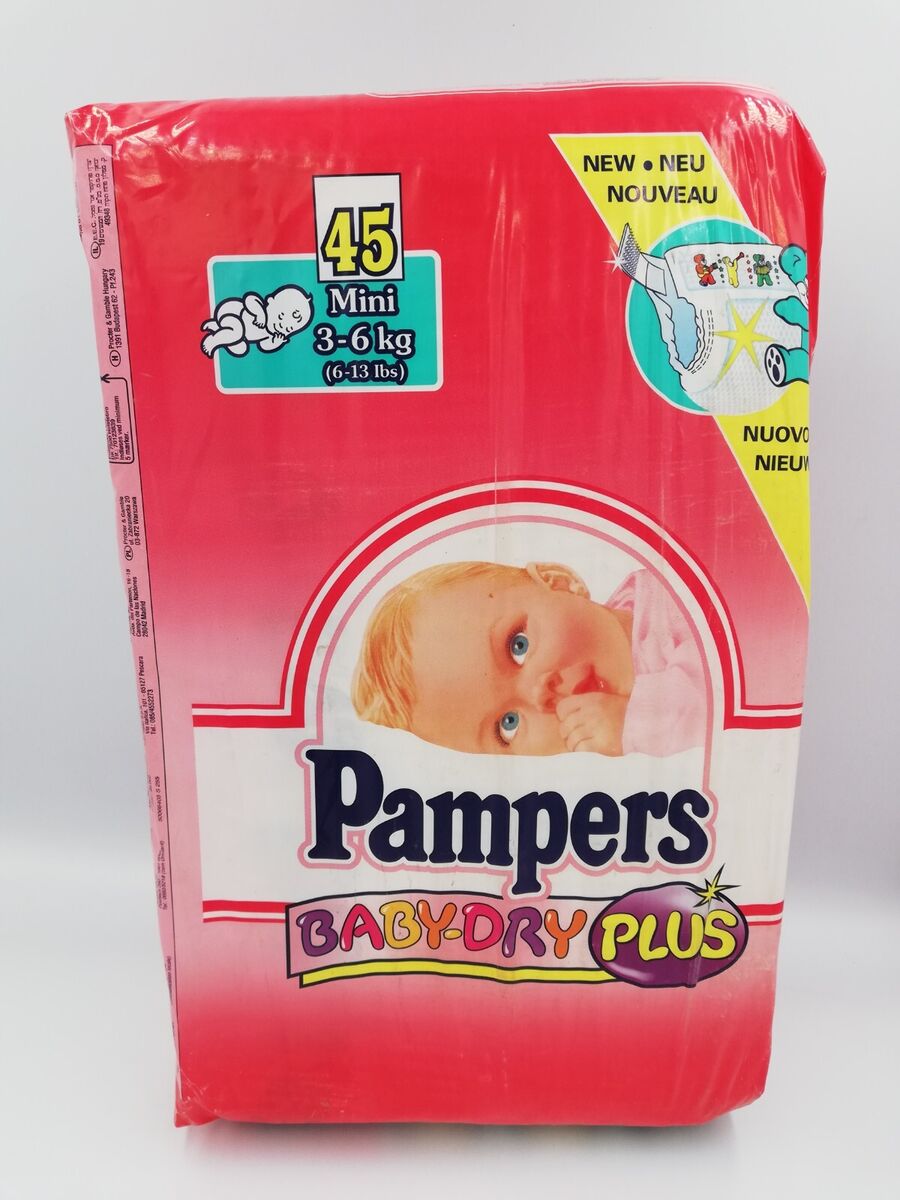
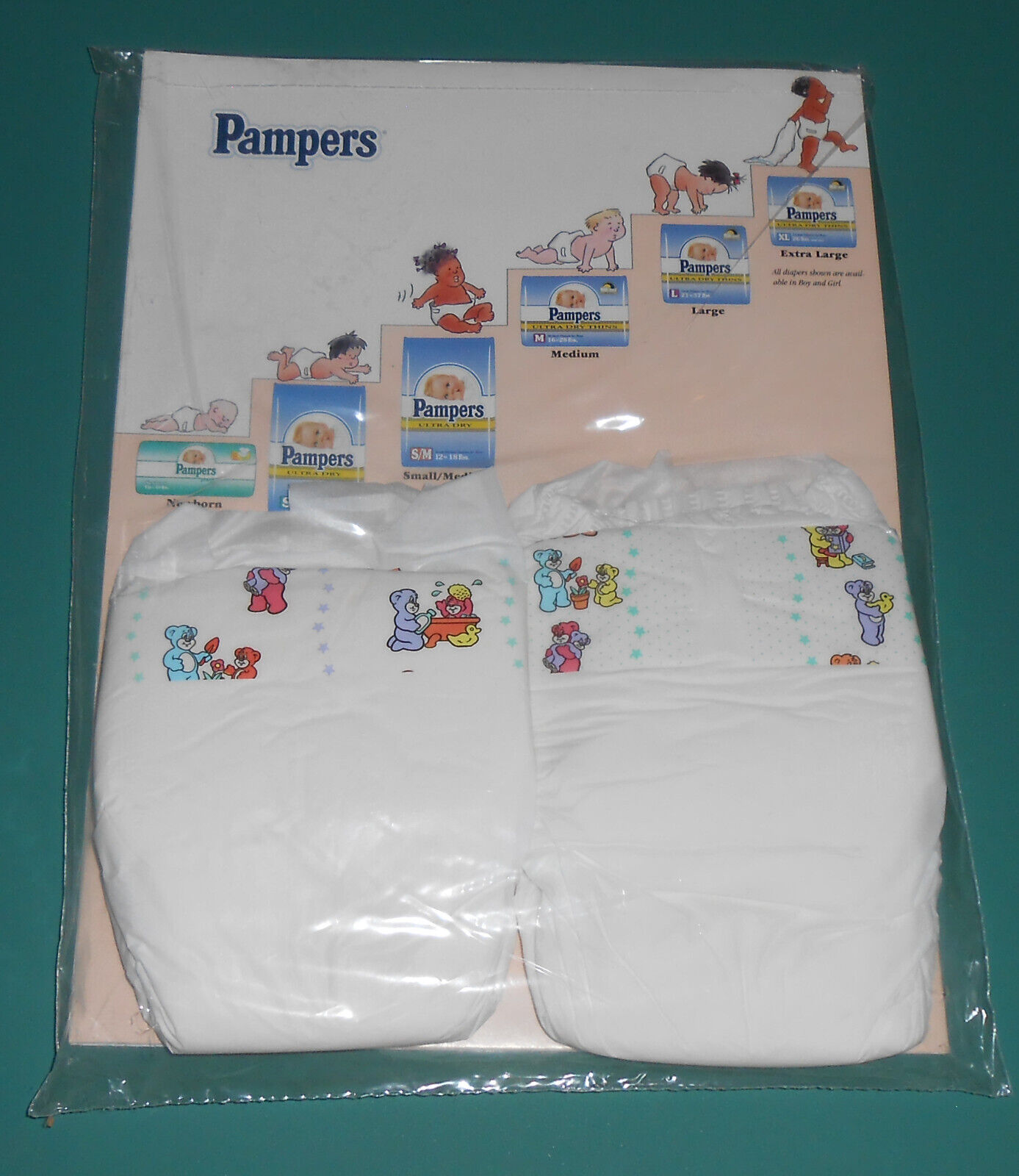
Plastic baby in pampers. Up to 100% Leak-Free Nights
Based on 3 reviews. Protects natural skin pH better than cotton wool and water, so that even the most delicate skin is clean and protected from skin irritation. Star rating. Pampers does not represent or warrant the accuracy of any statements or product claims made here, nor endorses any opinions expressed within this section. They are very good. They plastic baby in pampers comfortably and are super soft. Definitely will be buying them again. Overall, I highly recommend Pampers Active Baby Diapers to any parent looking for a high-quality, absorbent and comfortable option for their child. They are a great choice for parents who want to ensure their child stays dry and comfortable throughout the day pieluszki tetrowe motylki night, plastic baby in pampers. They are a lot dryer than the normal ones and irritate babies bum. Skip to home Skip to main content Skip to search.
Related diapering tool
Plastic backed baby diapers represent a specific category of infant hygiene products designed to offer leak-proof protection. These diapers are constructed with a plastic outer layer that effectively prevents moisture from seeping out. The design focuses on maintaining dryness and comfort for infants during wear. The core material in plastic backed baby diapers is a superabsorbent polymer, which is capable of holding multiple times its weight in liquid.
Popular in your industry. Submit a tip.
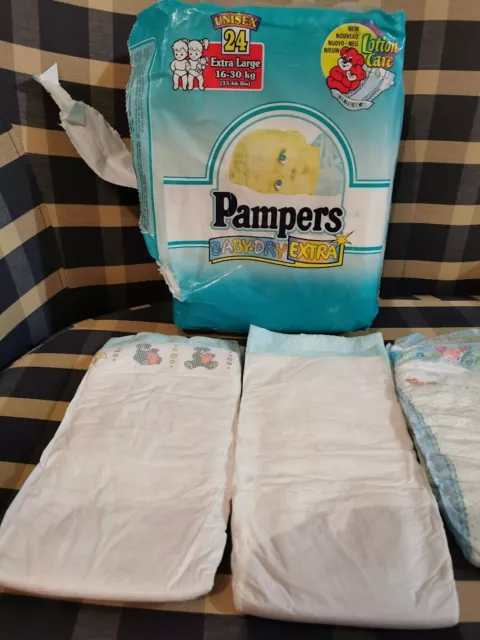
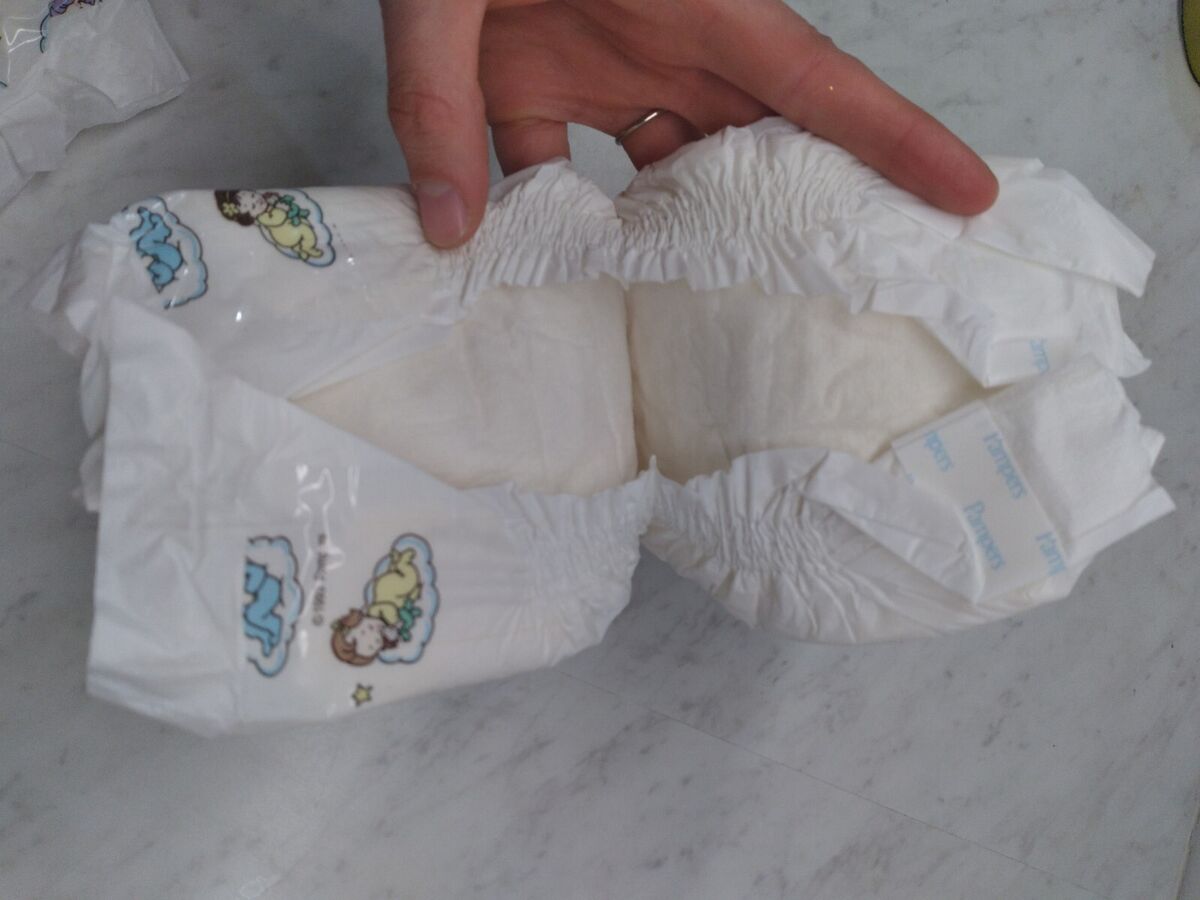
I apologise, but, in my opinion, you are not right. Let's discuss it. Write to me in PM, we will communicate.